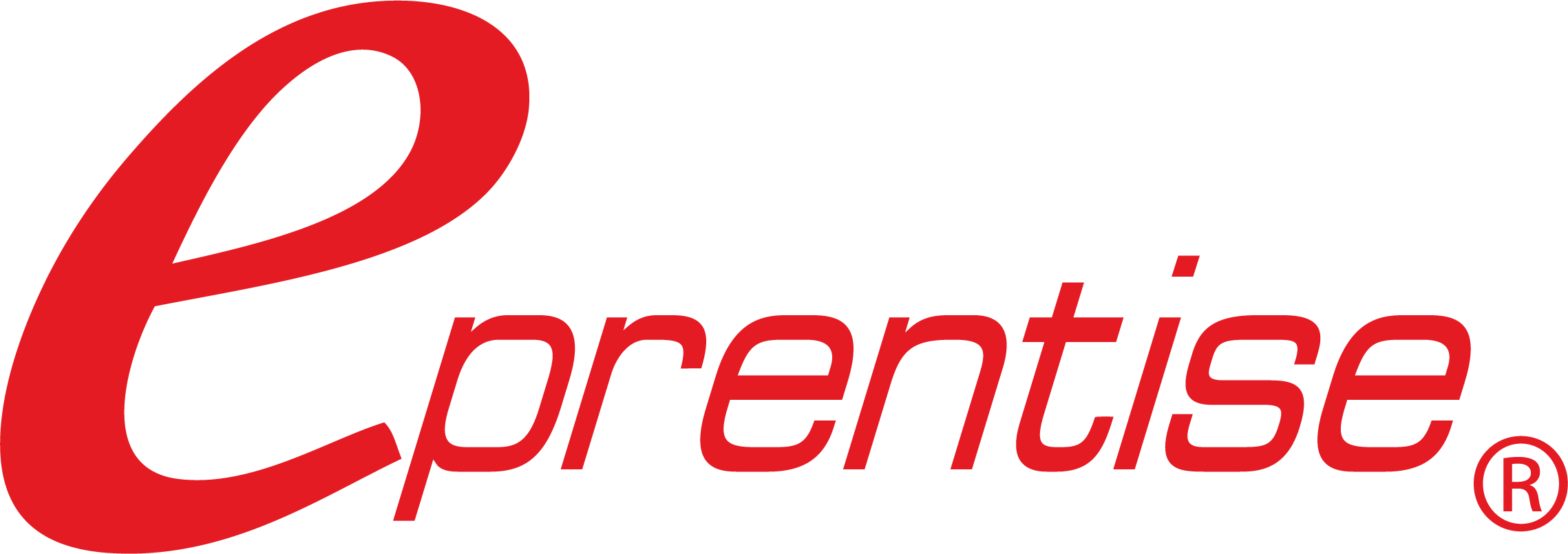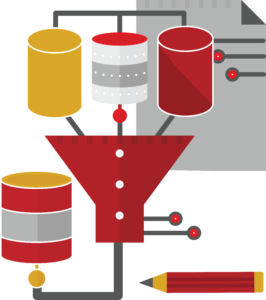Re-align EBS to match your current business or facilitate the transition to a SaaS ERP such as Oracle Fusion to get the best possible return on your costly ERP investment.
A Rules-Based Approach:
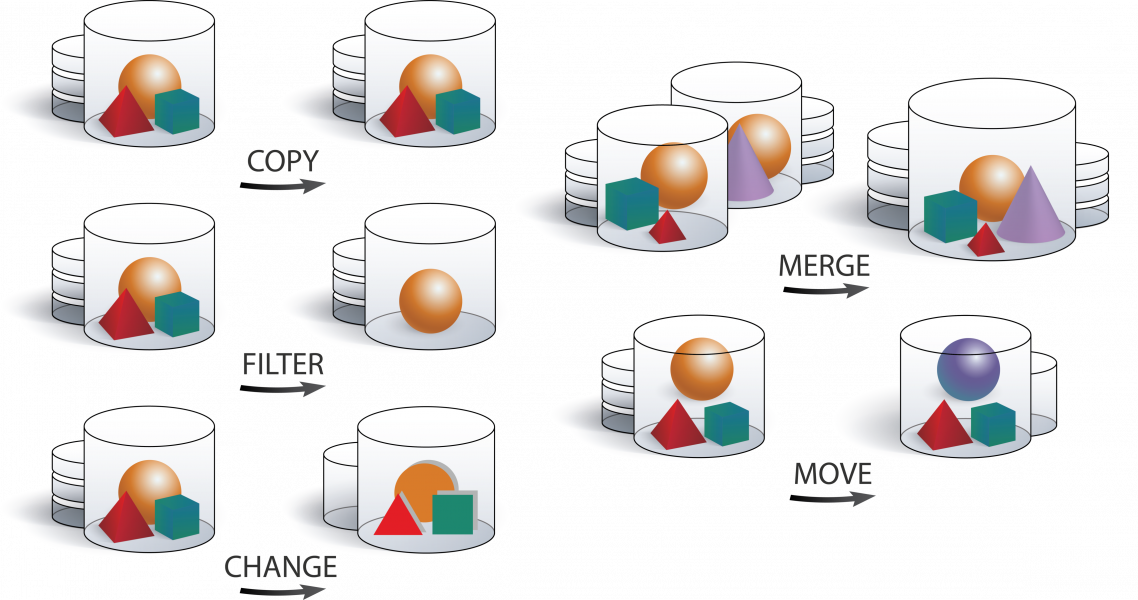
Copy, Filter, Change, Merge and Move functionality identifies and transforms the required data to match the business requirements, resolves conflicts among the source and target, and applies the changes in the right sequence to maintain relational integrity.
Easy-to-use Software
Complete, Consistent, and Correct Data
Maintain ALL History
Metadata Analysis powers your reorganization
Our Metadata Analysis tool analyzes information about your Oracle EBS implementation including the structures, relationships, existing setup, and all data values.
Rule templates from our knowledge repository allow the user to identify source data that is to be transformed into the desired target.
After Metadata Analysis isolates the difference between the source and target, then eprentise software automatically generates all the code required to resolve conflicts between the source and the target and to copy, filter, change, merge, and move the data from a source into a target.
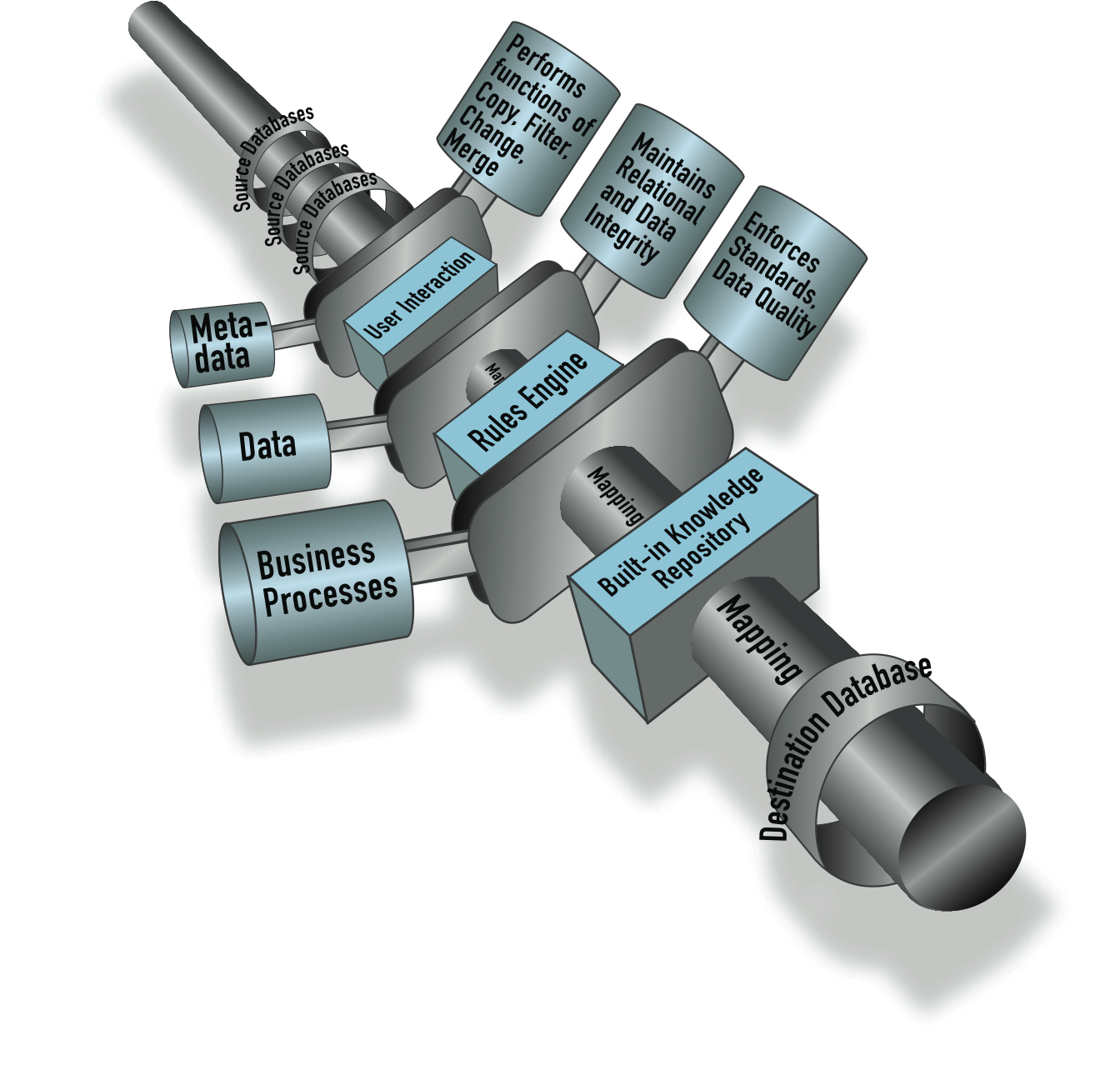
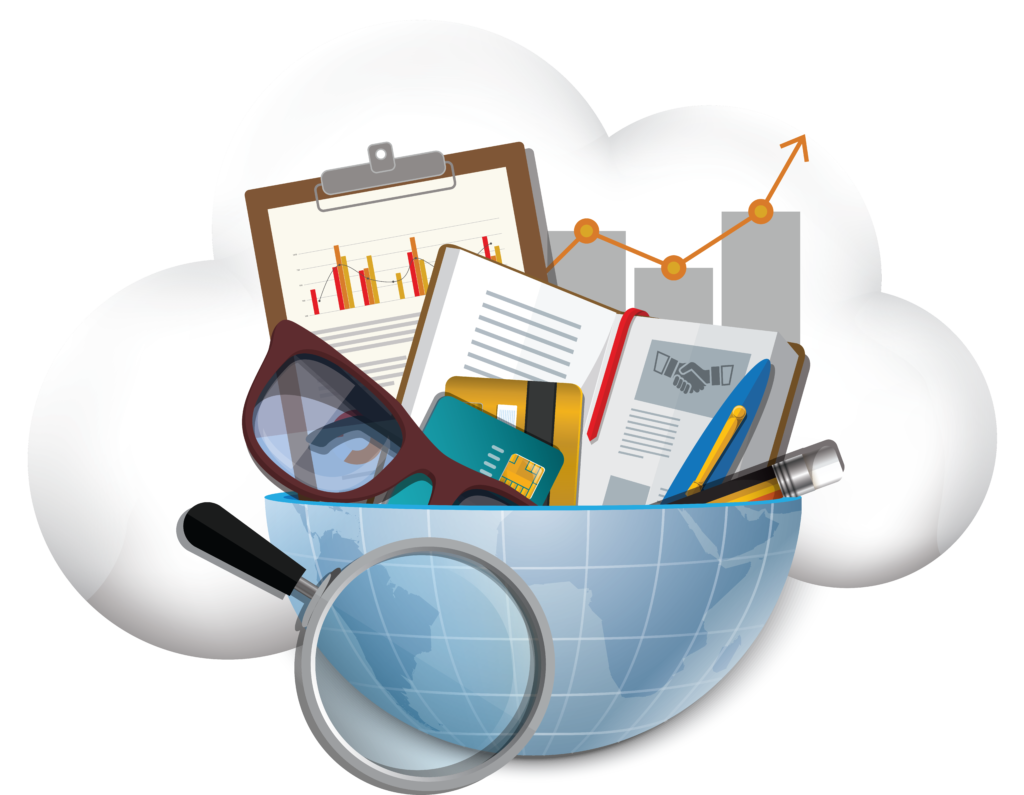
Moving to the Cloud? Here is why you should reorganize EBS first:
- Easier migration to the Cloud – do a simple extract and load from EBS without custom coding for Transformation
- Clean data that is aligned to your business before you go into a new system
- Testing is simplified because the data will be the same as it was in EBS
- Easier for users to recognize their data in a new environment
- Software is not available to transform the data in a Cloud environment because there is no direct access to the database in the Cloud
A Reimplementation is a very complex project requiring time, resource, and capital investment. Using eprentise software can save you time and money in each of these areas:
A reimplementation involves the same decision process as your original implementation involving all your users, and the time involved in having to rethink all configurations and business processes
There is a migration process involved in a reimplementation that is custom (throw-away) coding to extract, transform, and load to your new environment. This ETL involves extensive testing and resources from your user team.
Testing with a reimplementation is also difficult because the open items for your initial conference room pilot will not be the same open items when you cutover to production.
Your business is not stagnant. Changes made in a reimplementation that doesn’t go live for a year or more down the road may not align with business changes that have occurred since the original “fresh system” design.
A reimplementation is not a “lift and shift” because most reimplementations do not include more than a year’s worth of history and open items, and if the configurations are different, then all the transactions must be modified to reflect new configuration changes.
Explore the Benefits of Reorganization:
Leveraging Purchasing in a Multi-Org Environment
When companies originally set up multi-org in Oracle’s® E-Business Suite, security and control were the primary drivers for separating data into different operating units. Plants wanted to run their own operations, negotiate their own contracts with suppliers, and set up their own invoicing, inventory and receiving practices. Moreover, there was a competitive environment among different divisions, product line operations, and general managers. One part of the company did not want another part to see the transaction detail. Little attention was paid to maximizing the purchasing power of the entire enterprise to negotiate better terms and discounts with common suppliers. As a result, companies often set up hundreds of operating units, each with its own freight carriers, matching tolerances, approval hierarchies, pricing lists, supplier terms, and contracts.
